
The Canterbury Earthquakes: scientific answers to critical questions' (2011), a report compiled by scientists and engineers from a range of disciplines, simply states: “When building, use ‘earthquake friendly’ materials… Remove heavy roofs like concrete tiles and replace them with lightweight materials such as steel.”
Indeed, lightweight COLORSTEEL roofing has proven to be a strong performer in the recent seismic activity – in most cases where a, brick chimney collapsed onto a COLORSTEEL® roof it went no further.
Experienced in post-disaster engineering reporting, well-known structural engineer Wayne Brown was one of a team who assessed damage to Canterbury homes following the February 22 2011 earthquake.
His inspections revealed extensive damage was caused to houses by chimneys falling through heavy tiled roofs, or by the tiles coming loose and falling, whereas metal roofing generally did not collapse under falling chimneys and was able to withstand the quakes themselves.
“Heavy roof tiles and brick chimneys consistently failed and, as they fell, created more damage,” said Brown.
Brown suggested a ban of both roof tiles and chimney bricks, and proposed using iron roofs and steel chimney flues instead.
Another report, compiled by Professor Andy Buchanan and Michael Newcombe at the University of Canterbury, concurs with Brown’s assessment, noting that metal roofs were better able to withstand the impact of falling chimneys.
What’s more, the report observed how the weight of a structure affected homes’ performances during the earthquakes. Older, heavier houses (mainly pre-1970s) with heavy brick or concrete-block veneer and concrete-tiled roofs seemed to suffer more structural damage than newer, lighter buildings.
Buildings with heavy roofs tended to have more lining damage than those with light roofs, and sinking into soft soils appeared to be more severe for buildings with heavy brick cladding and heavy tiled roofs.
Clearly, when Canterbury homeowners consider how to repair and rebuild their existing home or build a new one, choosing a lightweight metal roof is a smart option. At about 1/7th the weight of a concrete tile roof, lightweight metal roofs are a simple, safe and cost-effective method to improve earthquake safety.
Steel’s design flexibility also means it can be used to re-roof any structure, which is particularly good news for older houses with sagging and damaged rooflines due to the weight of tiles. By re-roofing with lightweight metal such as COLORSTEEL® roofing, a home’s appearance and weather-tightness can be restored – as well as the peace of mind of its occupants.









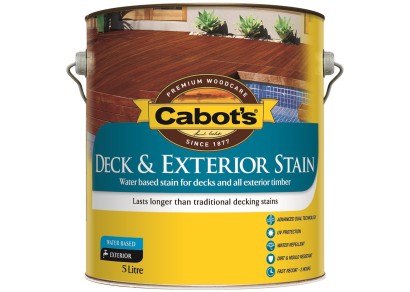


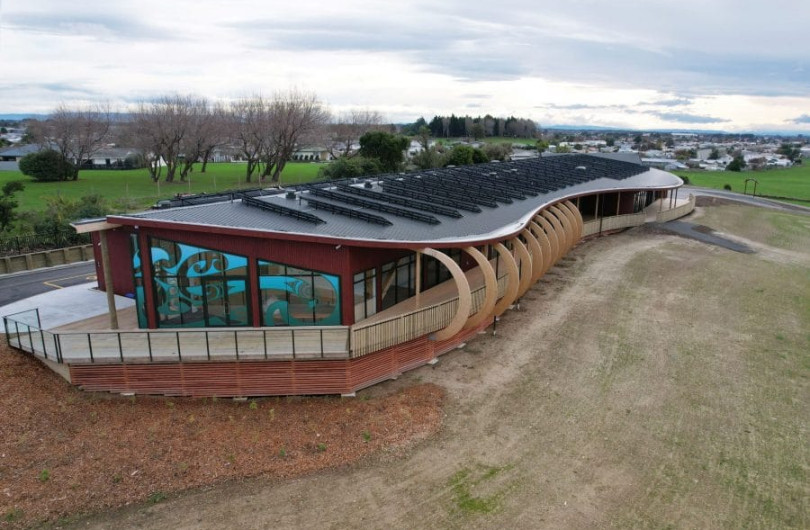
 Case Studies
Case Studies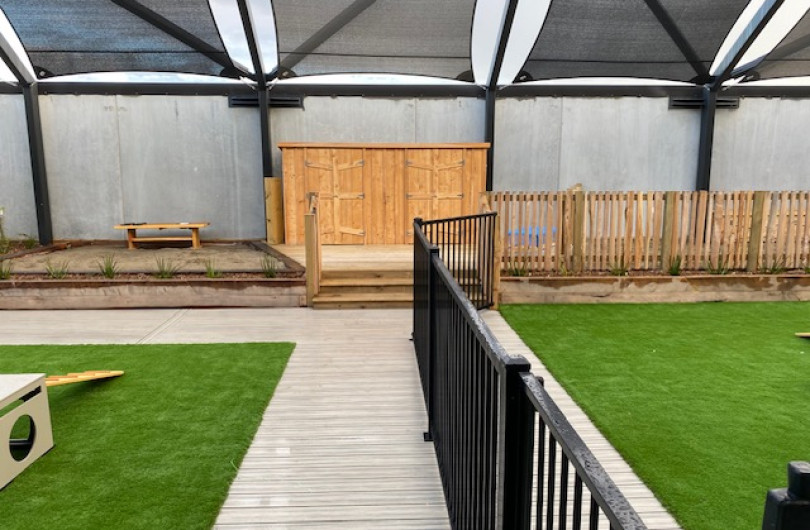
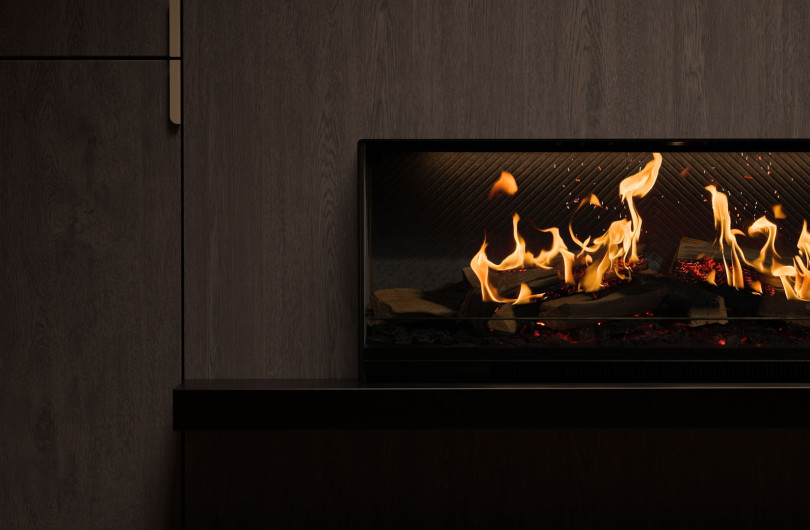

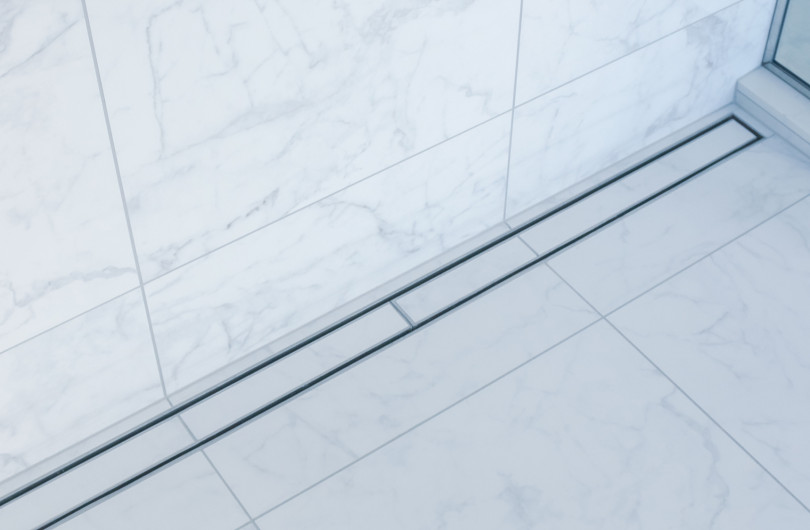



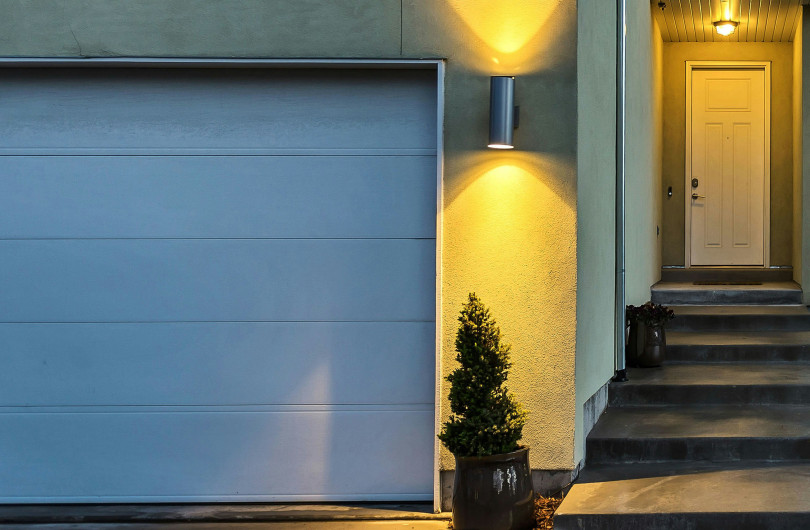


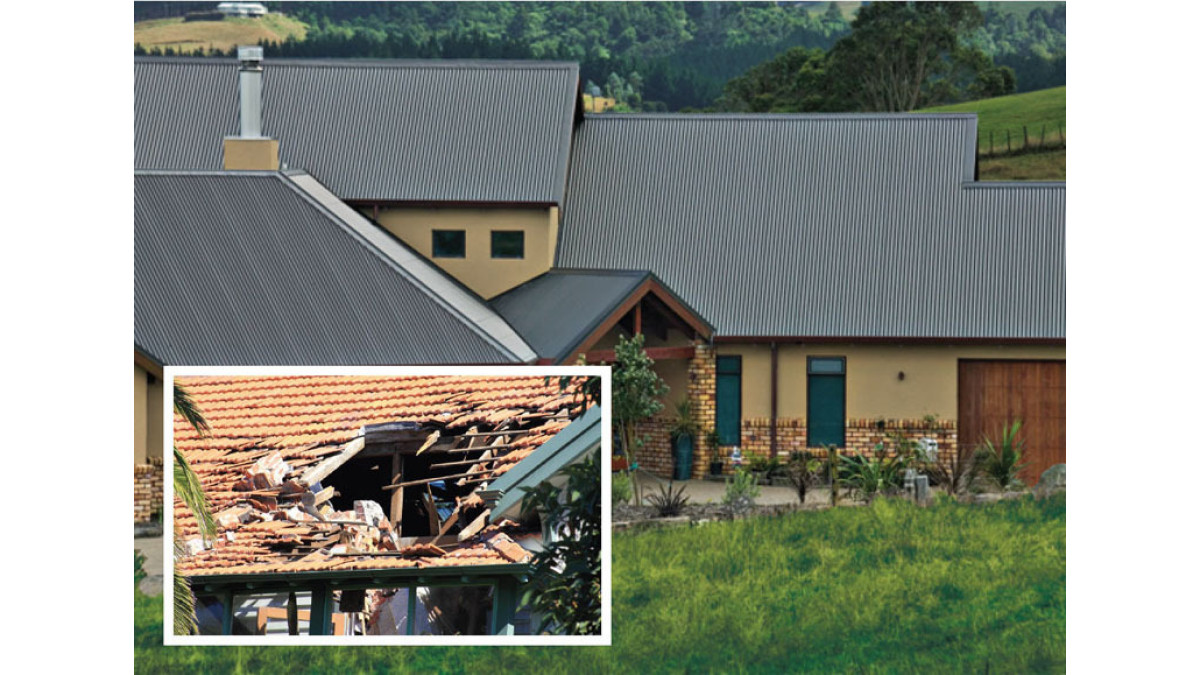



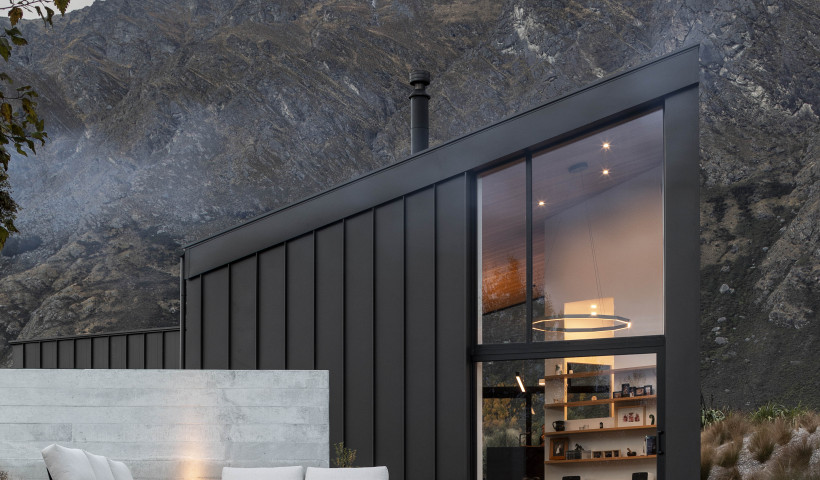
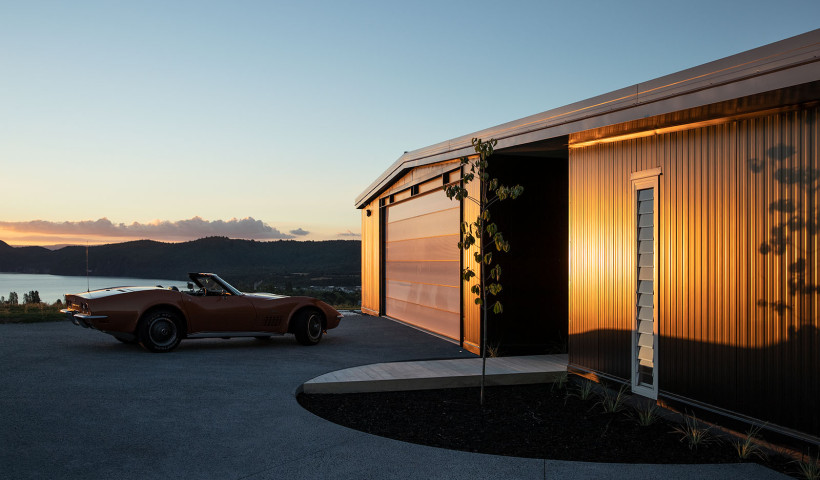
 Popular Products from COLORSTEEL
Popular Products from COLORSTEEL


 Most Popular
Most Popular


 Popular Blog Posts
Popular Blog Posts
